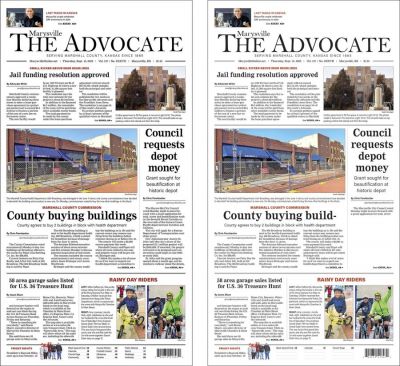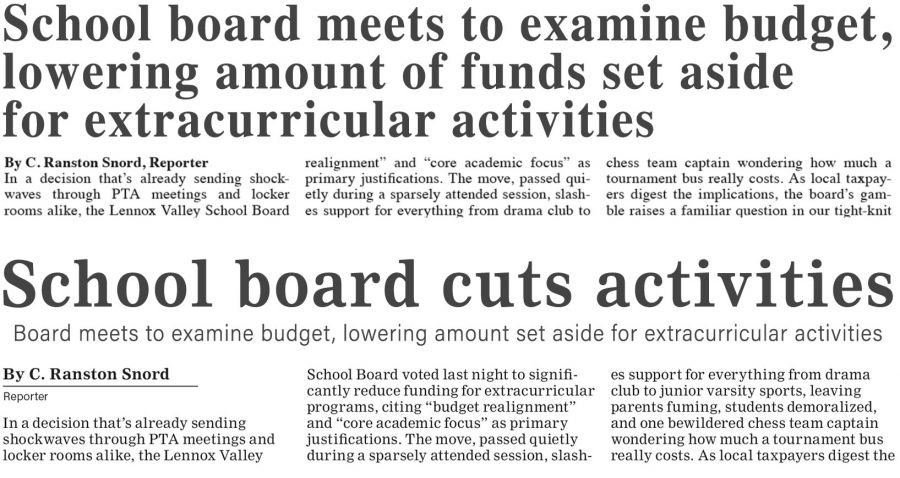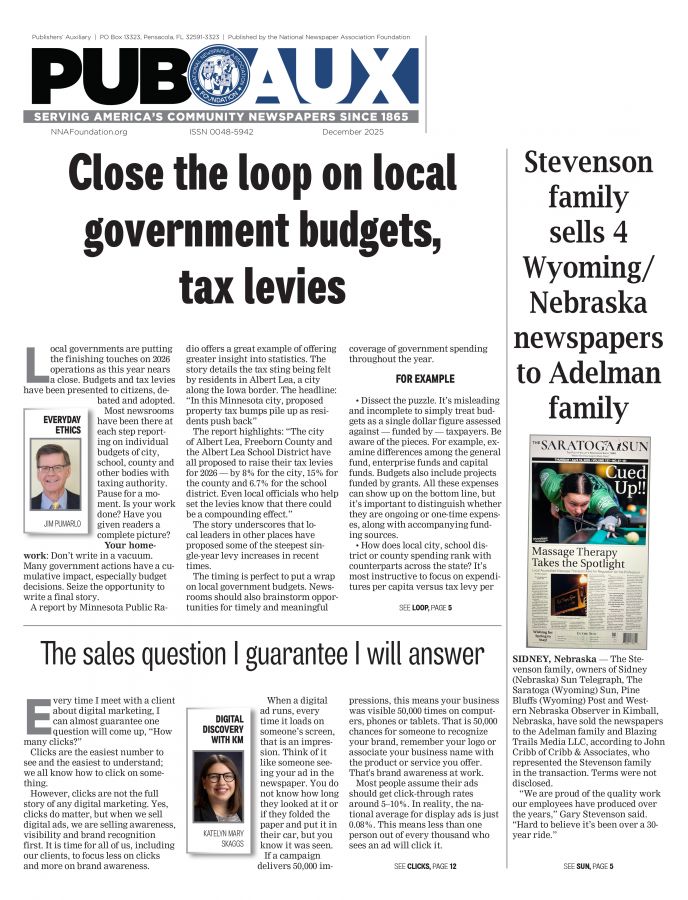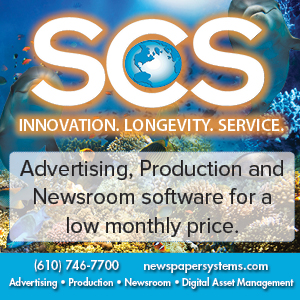Is it finally time to make the switch from Adobe InDesign to Affinity Publisher?
Kevin Slimp
Sep 1, 2024


Back in “the day,” I used to write quite often about software. I still do, now and then. But like everything else, there seem to be fewer choices owned by more prominent vendors, leaving less to write about these days.
A few years ago, I wrote about a new software package product by Affinity. At the time, I wrote that Affinity Publisher — as well as Designer and Photo — weren’t ready for prime time. There were several tools unavailable that were necessary for the type of work newspapers do, and several features just felt a little clunky.
Affinity Publisher (an application similar to InDesign) has come a long way since then, and most of the issues I had with the application in version 1.x have been addressed in version 2.5. Before you cancel your Adobe licenses, read the rest of this column. I’m not suggesting that everyone go out and replace InDesign, Illustrator and Photoshop, but Affinity Publisher might be the right tool for some of my readers.
Over the past few weeks, I’ve run into two newspapers that are using Publisher for page and ad design. When I asked how it was going, both told me it was going well. There are slight complications related to the learning curve of the new application, but overall, things seem to be going well.
I’ve found a few areas where Affinity Publisher doesn’t quite match up with Adobe InDesign, but for many, they won’t be deal breakers:
- When users cancel their Adobe licenses, all those great fonts disappear. It might not seem like a big thing, but the fonts alone make the subscription price of Adobe software worthwhile to me. I remember when newspapers paid thousands of dollars for an Adobe font license.
- Affinity Publisher doesn’t have libraries. It has assets. This was another deal breaker in early versions of Publisher because assets couldn’t be listed alphabetically, meaning finding a graphic or text in the asset manager could be very cumbersome. The good news is that assets can now be listed alphabetically. Honestly, assets don’t work as well as libraries, but they will work well enough for many users who haven’t become addicted to working with libraries.
- Data-merge, a feature I use daily in InDesign, is available in Publisher but is much “clunkier.” Many InDesign users don’t use data-merge, but it’s something to consider for those that do.
- I’m just not a fan of Affinity Photo. It does some things well, but I don’t get the results with CMYK images, which I’ve come to rely on from Photoshop.
Affinity touts its ability to open InDesign (INDL) files and does an admirable job. In two tests I ran using newspaper pages from InDesign, however, quite a few things moved around or went missing altogether. It’s probably not a deal breaker, but it’s something to be aware of. Opening InDesign files in Publisher is not as seamless as some might expect.
I could write pages on this topic, but most readers would probably prefer an abbreviated review, so here goes. I like Affinity Publisher. I like it very much. However, I’m not canceling my Adobe subscriptions to make the switch. Why? More than any other reason, I’ve learned to use Adobe software from years (OK, decades) of use. There is a learning curve when moving to new applications that should be considered. Is it worth retraining a staff to move from a software that works very well to a new application to save $69, $99,or $300 per month? For some, the answer is “yes.” For others, the cost to license software is a drop in the bucket compared to other costs.
If Affinity Publisher were a vastly superior product to InDesign, I wouldn’t hesitate to switch, much like when many of us switched from QuarkXPress or Pagemaker to InDesign. However, the only advantage of moving to Affinity software is the monthly subscription savings. For some, that’s reason enough. I sincerely hope the move works out well for those who make the switch. Heck, it will give more fodder for my future columns, and I always like that.
When I led my first Affinity webinar four years ago, I had more than 200 newspapers attend. I’m sure some of them have begun using Affinity apps in the years since then. If you’re one of those papers that made the switch, please write and let me know how it’s going.
Serif, a British software company, developed the Affinity suite of products in 2017. In March 2024, Serif was acquired by Canva, known for its online design platform. Through August 15, 2024, buyers can purchase Affinity software for $83 (US), half the usual price ($165 US). A 6-month free trial of Affinity software is available at affinity.serif.com.
Kevin Slimp is former director of The University of Tennessee Newspaper Institute and founder of NewspaperAcademy.com. kevin@kevinslimp.com.










